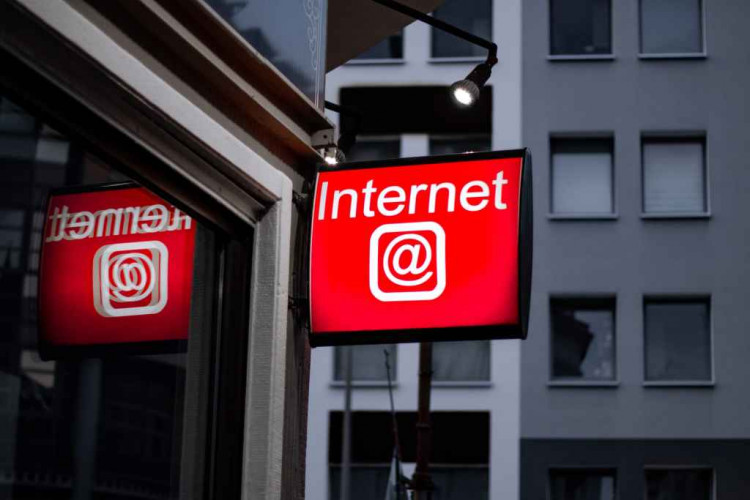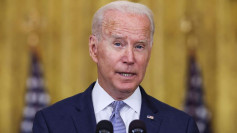In order to align its definition of high-speed broadband service with congressionally mandated funding programs for the expansion of broadband infrastructure across the nation, the U.S. Federal Communications Commission is looking to revise the term.
A Notice of Inquiry seeking public input on whether the minimum speeds for broadband should be increased to 100 megabits per second downstream and 20 megabits per second upstream was distributed by FCC Chair Jessica Rosenworcel to her colleagues. This would be faster than the current minimum speed requirement, which was enacted in 2015 and defines broadband as a service that offers 25 Mbps of download speed and 3 Mbps of upload speed.
The federal Infrastructure Investment and Jobs Act authorized $42 billion in funds to be given to states for the construction of new broadband networks, and it uses the planned 100Mbps/20Mbps standard as its measurement. Despite the program's requirement that network speeds be at least 1 gigabit per second for downloads in order to qualify for awards, the minimum speed of service required to receive a federal subsidy is 100 Mbps/20 Mbps.
In order to guarantee that the networks being built with federal funding will give equal access to service in terms of performance, Rosenworcel said it is crucial to raise the national standard minimum broadband speed. The investigation also inquires as to whether the FCC ought to establish a distinct national objective of 500Mpbs per second for uploads and 1Gbps for downloads in the future.
"The needs of internet users long ago surpassed the FCC's 25/3 speed metric, especially during a global health pandemic that moved so much of life online. The 25/3 metric isn't just behind the times, it's a harmful one because it masks the extent to which low-income neighborhoods and rural communities are being left behind and left offline," Rosenworcel said.
" That's why we need to raise the standard for minimum broadband speeds now and while also aiming even higher for the future, because we need to set big goals if we want everyone everywhere to have a fair shot at 21st-century success."
It was a good beginning, according to industry trade associations that represent rural phone carriers, rural electric co-ops, and other broadband rivals. However, they would prefer that the 1Gbps minimum standard be adopted.
Shirley Bloomfield, CEO of NTCA -- The Rural Broadband Association, said "as a nation, we need to aim higher and do better when it comes to setting broadband objectives." She did, however, support the suggestion to raise the national standard and set a long-term goal.






